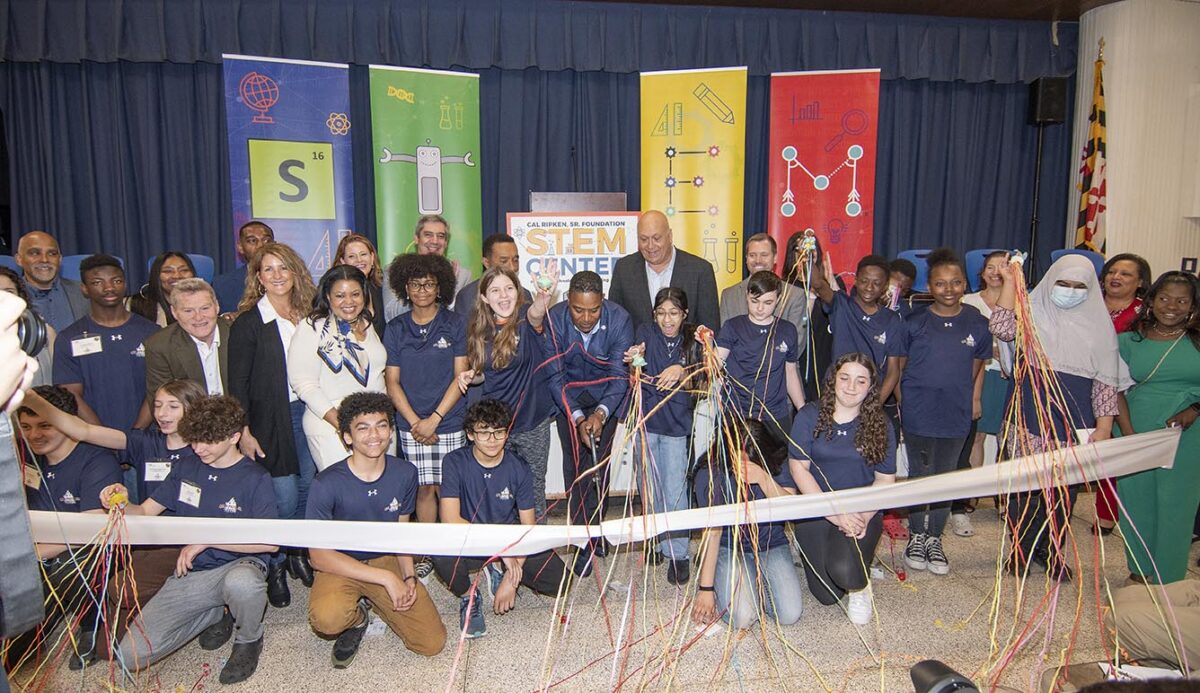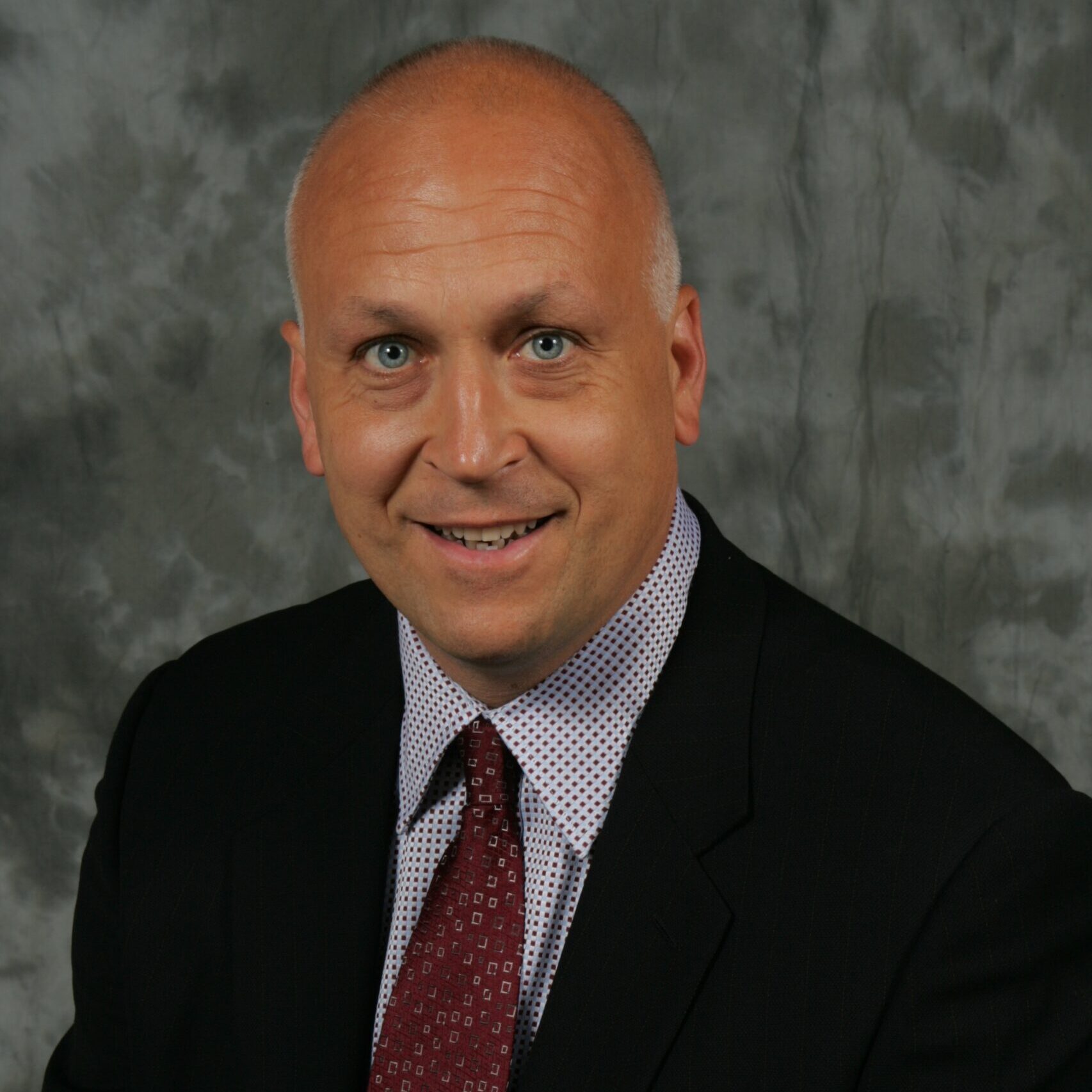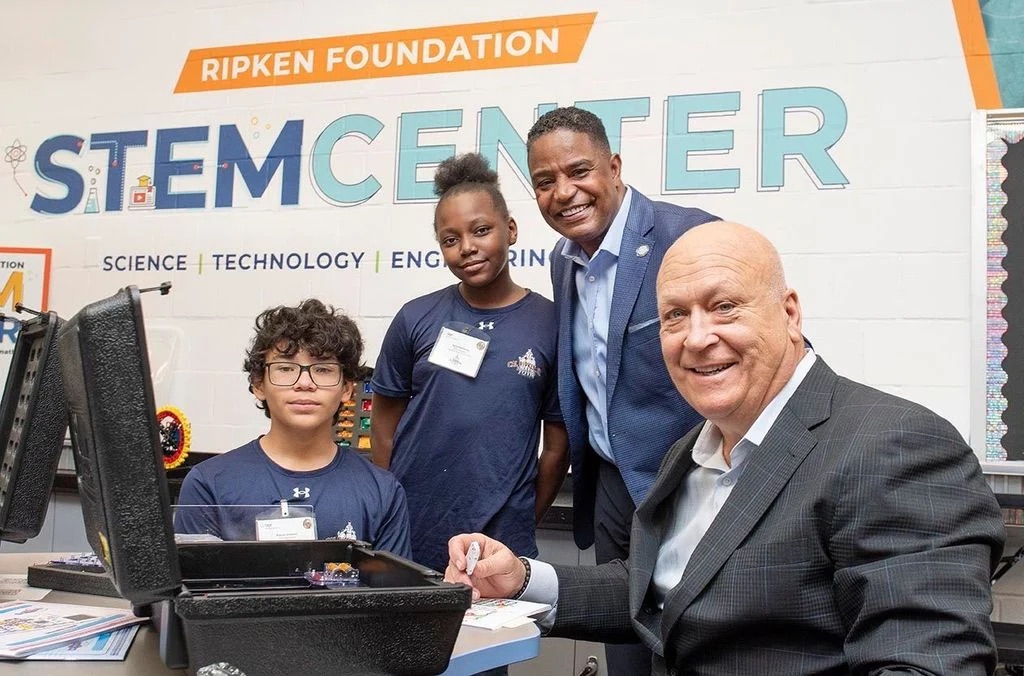Dad was always happiest when he was helping kids and in the uniform he liked to call his “work clothes.”
When we lost him to cancer in 1999, we wanted to create a way to honor him. In 2001, our family founded the Cal Ripken, Sr. Foundation as a tribute to our dad’s devotion to teaching life skills and lessons through sports.
When we first started, our goal was simply to honor dad and help a few kids in our hometown of Aberdeen, Maryland. A lot has changed since then. Dad would be blown away by how much the foundation has grown into its current national scope.
I am proud that our foundation has always reacted to a need. At first, we recognized the need for programs to use baseball as a tool to reach kids who needed mentors and life skills to help them succeed on and off the field. Next, we noticed that they didn’t have safe places to play — something many of us took for granted when we were growing up. So we started building multi-purpose parks in neighborhoods across the country that we call youth development parks.
It’s been 23 years since we started, and today, we impact over 1.4 million underserved kids annually through efforts including afterschool curricula and programming, our parks and, importantly, our STEM centers.

Children with Cal Ripken Jr. (center, back) at the ribbon-cutting for Lansdowne Middle School’s new STEM center. (Courtesy Cal Ripken, Sr. Foundation)
We discovered a need for STEM centers and curriculum, mostly in elementary and middle schools when kids first discover their interests. Our STEM initiative was thus launched in 2016. Today, the Ripken Foundation has over 525 fully operational, turnkey STEM centers in 23 states and 22 district-wide public school systems, impacting well over 211,000 kids.
Our centers are designed for youth organizations and schools to get students interested in STEM through hands-on learning. These facilities feature tools like littleBits’ electronic building blocks, which kids can connect to create circuits; the Sphero BOLT, a ball-shaped robot that lets students try coding to program its LED display and sensors; Chromebooks; and Tello drones.
Our programs provide interactive lessons without the pressure of grades. And, of course, we have an emphasis on teamwork.
We’re thrilled that our programs help develop the next generation of STEM experts and the future tech workforce. We know the value of students gaining knowledge, skills and confidence in these fields. We also know that critical thinking skills will shape these students into more productive adults with the integrity to initiate positive change.
I’ve always said that we can do a lot of good things on our own, but with dedicated charitable partners, we can achieve great things. Our partnerships with Exelon, Tennessee Valley Authority, Group 1001, Devon Energy and so many more organizations are proof. The fact that today we are opening STEM centers across the country is astonishing to me. I am grateful for our partners and our team’s ongoing dedication. We aren’t slowing down.
Recently, a $3 million partnership with the Exelon Foundation, under the leadership of Exelon president and CEO Calvin Butler, allows us to bring a STEM center to 81 elementary and middle schools across six states over the next three years. The STEM centers will be installed in schools and youth organizations that serve students between Pre-K and 8th grade. From a cost perspective, each elementary school STEM center costs $35,000 while each middle school one is $40,000.
In April, we launched the 500th of these centers at Lansdowne Middle School in Halethorpe, Maryland, just miles south of my longtime professional home at Camden Yards. The foundation followed this milestone by opening six new STEM centers in Mecklenburg County, North Carolina. Going forward, we plan to create more places for young people to build a passion for science and tech in metro areas around cities like Wilmington, Philadelphia, DC, Atlantic City and Chicago.
We not only set up each STEM center with state-of-the-art tools and equipment, but also ensure our staff remains involved throughout the center’s life. Our goal is to do more than just provide resources that will help kids learn: Our team of STEM educators trains teachers and mentors on how to best use the educational products, technology and curriculum throughout the year. And, as an added value, our custom-designed curriculum is tied to Next Generation Science Standards and fits into most state and local requirements.
It’s a true team effort, and not merely a gift or a ribbon-cutting. We make sure these tools are working to educate the next generation of STEM learners and impact the lives of at-risk youth for the better.
It’s gratifying work.
I was a math kid, so this resonates with me. Now, I look forward to the future and identifying the next need we can address — all in dad’s memory.
Before you go...
Please consider supporting Technical.ly to keep our independent journalism strong. Unlike most business-focused media outlets, we don’t have a paywall. Instead, we count on your personal and organizational support.
Join our growing Slack community
Join 5,000 tech professionals and entrepreneurs in our community Slack today!

Entrepreneurship is changing, and so is the economic development behind it

Tech Hubs’ new $210M funding leaves Baltimore and Philly off the table

Here’s what to know before using AI to craft your brand’s social media posts



